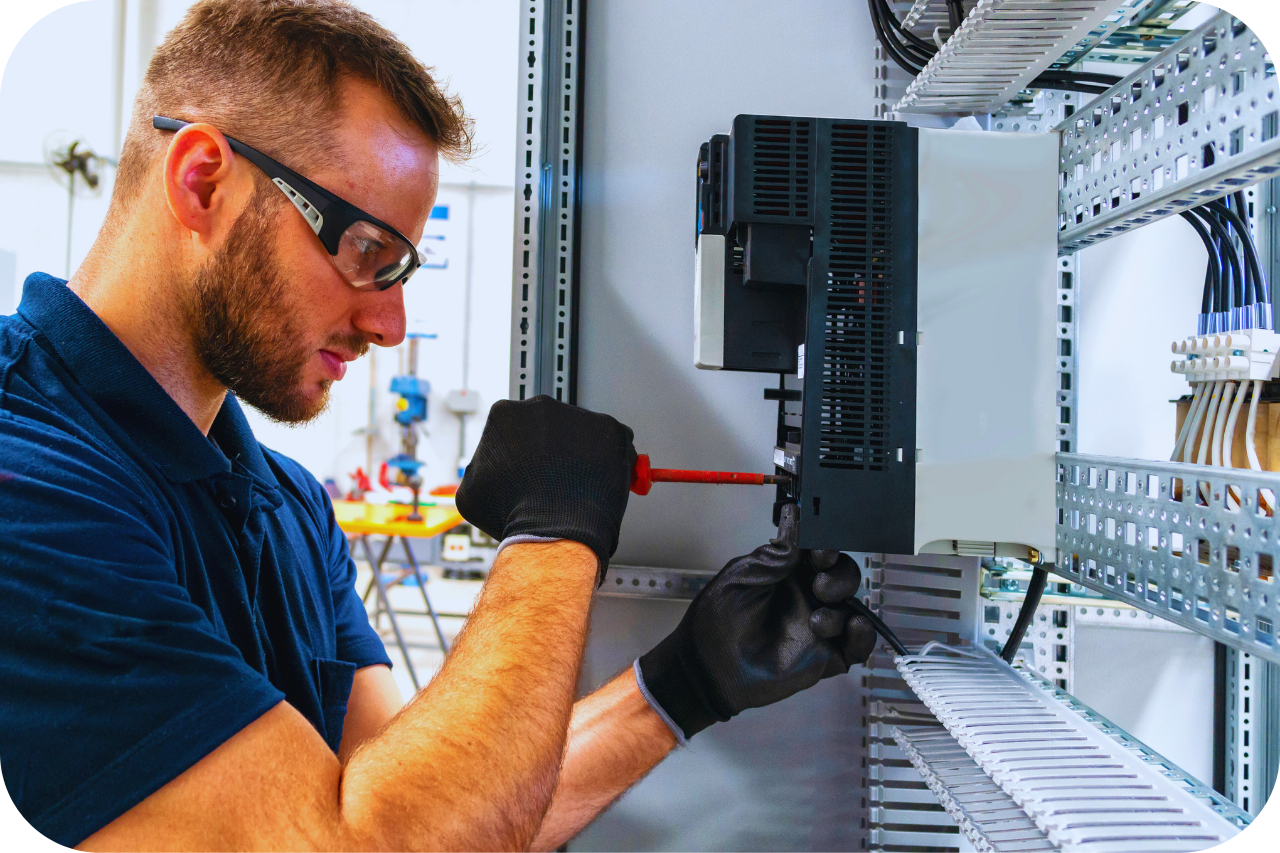The 15-Second Trick For Roar Solutions
The 15-Second Trick For Roar Solutions
Blog Article
Unknown Facts About Roar Solutions
Table of ContentsRumored Buzz on Roar SolutionsOur Roar Solutions StatementsThe Best Guide To Roar Solutions
In order to safeguard installments from a prospective surge an approach of analysing and categorizing a possibly dangerous area is called for. The purpose of this is to ensure the correct selection and installation of devices to eventually stop a surge and to make certain safety of life.
(https://www.abnewswire.com/companyname/training.roarsolution.com.au_152691.html#detail-tab)
No tools should be mounted where the surface area temperature of the equipment is more than the ignition temperature of the offered threat. Below are some common dirt hazardous and their minimal ignition temperature level. Coal Dirt 380C 225C Polythene 420C (melts) Methyl Cellulose 420C 320C Starch 460C 435C Flour 490C 340C Sugar 490C 460C Grain Dust 510C 300C Phenolic Resin 530C > 450C Aluminium 590C > 450C PVC 700C > 450C Soot 810C 570C The likelihood of the risk being present in a concentration high sufficient to trigger an ignition will differ from area to place.
In order to identify this threat an installment is separated right into areas of risk depending upon the amount of time the dangerous is present. These locations are referred to as Areas. For gases and vapours and dirts and fibers there are three zones. Area 0 Area 20 An unsafe ambience is very likely to be existing and may exist for extended periods of time (> 1000 hours annually) and even continually Zone 1 Zone 21 A hazardous ambience is possible yet not likely to be present for long durations of time (> 10 450 C [842 F] A category of T6 indicates the minimum ignition temperature level is > 85 C [185 F] Harmful area electrical equipment maybe designed for usage in greater ambient temperatures. This would suggested on the score plate e.g. EExe II C T3 Ta + 60C( This suggests at 60C ambient T3 will not be exceeded) T1 T1, T2, T3, T4, T5, T6 T2 T2, T3, T4, T5, T6 T3 T3, T4, T5, T6 T4 T4, T5, T6 T5 T5, T6 T6 T6 A T Course ranking of T1 suggests the maximum surface area temperature level produced by the tool at 40 C is 450 C. Assuming the linked T Class and Temperature level ranking for the tools are suitable for the location, you can always make use of an instrument with a more rigorous Department rating than required for the area. There isn't a clear solution to this inquiry sadly. It truly does depend on the kind of equipment and what repairs need to be accomplished. Devices with details test procedures that can not be performed in the field in order to achieve/maintain 3rd party rating. Should come back to the factory if it is prior to the equipment's solution. Area Repair Work By Authorised Employee: Complicated testing might not be needed nonetheless particular procedures might need to be followed in order for the equipment to preserve its 3rd party score. Authorised personnel must be employed to do the job correctly Fixing have to be a like for like substitute. New part should be taken into consideration as a straight substitute requiring no special screening of the tools after the repair service is complete. Each tool with a dangerous ranking need to be examined independently. These are detailed at a high degree below, however, for even more detailed details, please refer directly to the standards.
Roar Solutions Things To Know Before You Get This
The equipment register is an extensive database of tools documents that includes a minimum collection of areas to recognize each thing's location, technological specifications, Ex-spouse category, age, and environmental information. The ratio of Thorough to Close inspections will certainly be established by the Tools Threat, which is assessed based on ignition threat (the likelihood of a resource of ignition versus the likelihood of a flammable atmosphere )and the dangerous area classification
( Zone 0Area 1, or 2). Applying a robust Risk-Based Assessment( RBI )technique is vital for making sure conformity and safety in handling Electric Equipment in Hazardous Locations( EEHA).
Getting My Roar Solutions To Work

In regards to explosive threat, an unsafe location is an atmosphere in which an eruptive ambience exists (or may be anticipated to be present) in quantities that require unique safety measures for the construction, installment and use of tools. eeha training. In this article we discover the difficulties faced in the work environment, the danger control measures, and the needed competencies to work securely
It issues of modern-day life that we manufacture, keep or handle an array of gases or liquids that are considered flammable, and an array of dirts that are considered flammable. These compounds can, in particular conditions, develop eruptive atmospheres and these can have major and terrible effects. Most of us are acquainted with the fire triangular eliminate any type of among the three components and the fire can not see this happen, but what does this mean in the context of unsafe areas? When breaking this down into its simplest terms it is essentially: a combination of a particular amount of release or leakage of a particular compound or product, blending with ambient oxygen, and the existence of a source of ignition.
In a lot of circumstances, we can do little concerning the levels of oxygen in the air, but we can have considerable impact on resources of ignition, as an example electric tools. Unsafe locations are documented on the hazardous area category illustration and are identified on-site by the triangular "EX-SPOUSE" sign. Below, among other essential info, zones are split right into 3 kinds depending upon the risk, the likelihood and duration that an explosive atmosphere will certainly exist; Area 0 or 20 is considered one of the most unsafe and Area 2 or 22 is considered the least.
Report this page